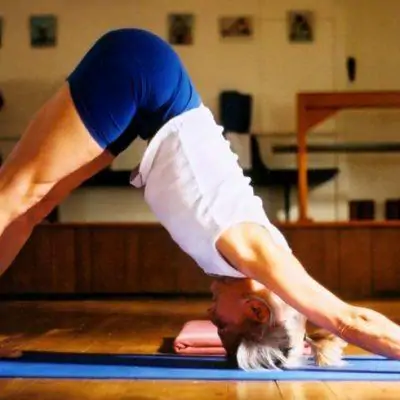Introduction
Short overview
This session is a slightly adapted sequence handed down from Guruji through Dona Holleman.
It covers a wide range of backbends, including a few preparatory poses to get ready for the backbends that were not always included originally. I usually add these as you be practising early in the morning, and/or need some time to hone your attention and focus on the body with backbends in mind. Originally we practised inversions in the afternoon, separately, but here I have included everything in the one session as is more usual these days.
This sequence will give you an understanding of both the sequence to work with when practising these deeper backbends and how they progress and fit together.
The final backbends (Eka Pada Rajakapotasana) are backarching poses, but they also help to balance out the two sides of the body nicely at the end of the session.
Notice also how some simple releasing poses at the end will both balance the body as well as the mind after the stimulation of the backbend postures.
Step by step guide to this sequence
Set up directly into Adho Mukha Svanasana, followed by Virasana forward. Then go to the wall and into Adho Mukha Vrksasana, Full Arm Balance.
After a few breaths in Uttanasana, follow on with Pincha Mayurasana, using a block and belt if needed.
In order to help mentally engage with the legs and the arms and to integrate those peripheral parts, go to the familiarity of Trikonasana, with the back foot to the wall. Follow on with Virabhadrasana 1, again with the back foot to the wall.
Now move into Utkatasana, free standing, and feel how you can take the back ribs in and extend through the arms without puffing the abdomen.
Place the hands into Paschima Namaskar, and then move into Prasarita Padottanasana 2, and notice how the legs hold you steady as you take the trunk down towards the floor.
Set up for Sirsasana, with wall support if needed. Here you can include Parsva Sirsasana and then Eka Pada Sirsasana before coming down and resting in Virasana forward.
Now for the backbends. Start in Adho Mukha Svanasana, Dog Pose, and then go directly into Urdhva Mukha Svanasana, Upward facing Dog Pose. Repeat twice.
See how the back and shoulders now respond in Dhanurasana, repeat twice. Come up onto your knees and arch back into Ustrasana, keeping the neck soft and observing how much the legs hold and the whole back rib area is involved in the backarch movement.
Chatushpadasana, 4-5 times without holding and in motion to find the rhythm of the backbend, keeping the knees pointing straight forward. Then do twice more, holding the ankles.
And now for the more demanding backbends. Set up for Urdhva Dhanurasana with the hands on flat blocks, placed against the wall. 4-6 repetitions. Then turn the blocks upright, and with the hands on the blocks lift two more times into Urdhva Dhanurasana, feeling the extra opening that comes in the chest, without creating tightness in the spinal muscles.
Place the blocks flat and horizontal up against the wall. Go up to Urdhva Dhanurasana and then bend the elbows and bring the head down to Dvi Pada Viparita Dandasana, with the elbows placed against the blocks and knees bent. Now turn the other way, and placing the feet about one foot from the wall, go into Urdhva Dhanurasana, then into Dvi Pada Viparita Dandasana, and walk the feet a little out to touch the wall.
Place a bench or move near a low table and, from Sirsasana, drop back with bent legs to touch the table/bench top. Swing back up with bent knees and repeat a few times, dropping to the bench and back up. According to your experience and capacity, you can now also work into dropping back to the floor into Dvi Pada Viparita Dandasana from Sirsasana.
Come onto your knees and move into Kapotasana, going back towards the wall follows. Don’t drop the hips towards the floor but still try to walk the hands down the wall towards or to the feet.
Vrisikasana with a chair placed back to the wall. Place the hands as for Pincha Mayurasana near the chair legs, and go up swinging the feet to the wall and then walking down the wall to the chair seat, or to capacity. The last two backbends are Eka Pada Raja Kapotasana 1 and 2.
Have a belt with a small loop at one end to place around the back foot, and use supports under the front and back buttock as needed. Don’t remain hanging in the air and be balanced between the Left and the right sides. The second variation, starting in the lunge position, can also be practised in the middle of the room as shown here, or with the back shin to the wall for better balance and stability. Walk the hands down towards the foot, keeping the back of the head against the wall if using that support, and go back holding the back foot or sliding the head and hands down the wall into the pose.
Releasing the back. Now it is time to gradually release any muscle tightness and to cool the body down.
Go to Uttanasana, perhaps placing a block between the upper thighs to keep the sacrum working evenly. Go gradually into the release, following the lead from the body as it “gives permission” to go further.
Parsva Uttanasana, keeping the hips level and turning to the Right and then the Left. Repeat twice.
Adho Mukha Svanasana, keeping the block if you have used it. Follow with Virasana forward, removing the block and placing it under the torso from lower navel to lower sternum. Quieten the breath and repeat two times. Supta Padangusthasana 1 and 2, using a block or rolled blanket under the outer hip of the descending leg so as to keep the two sides of the waist even and the back muscles broad.
To finish: Ardha Halasana, Halasana with chair or bench support. Then release and come down. Go to simple cross-leg resting the forehead onto the bench. Change.
End in savasana.
View sequence
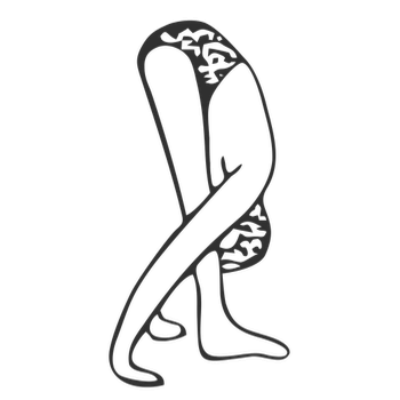
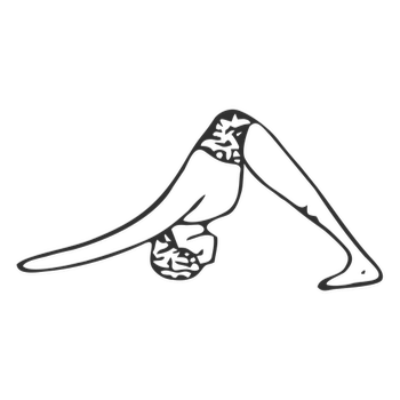
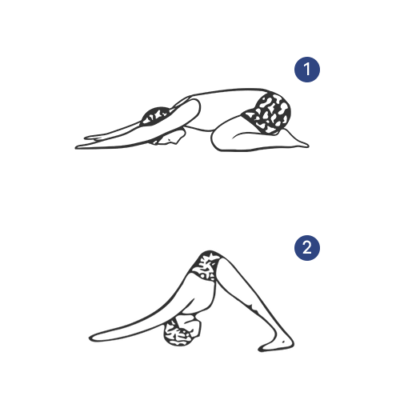

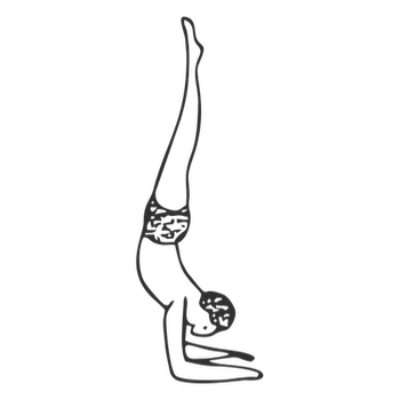
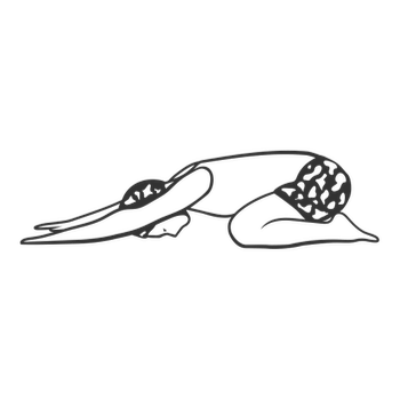
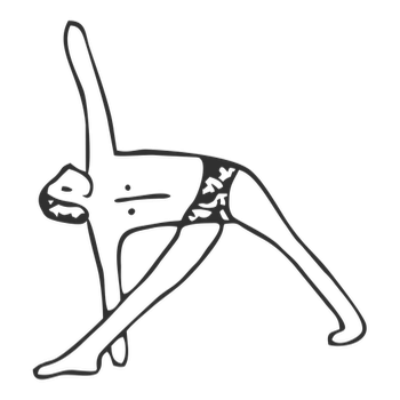
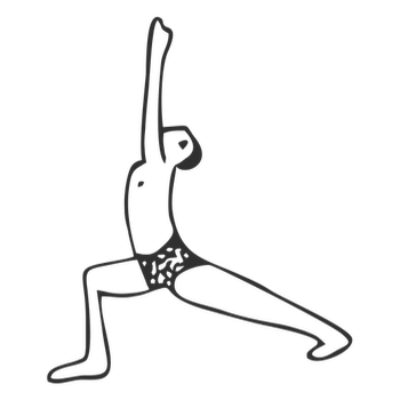
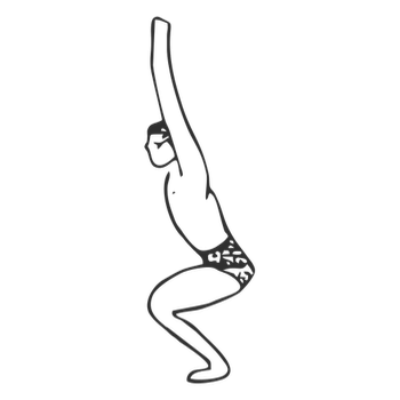
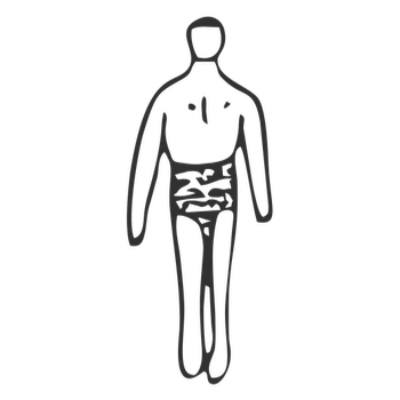
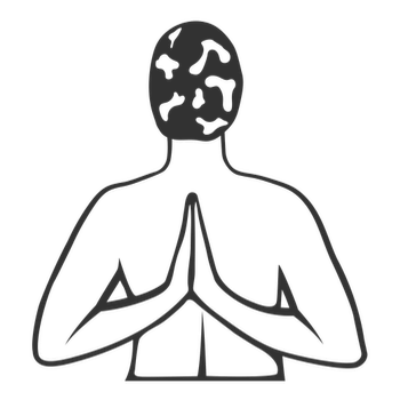
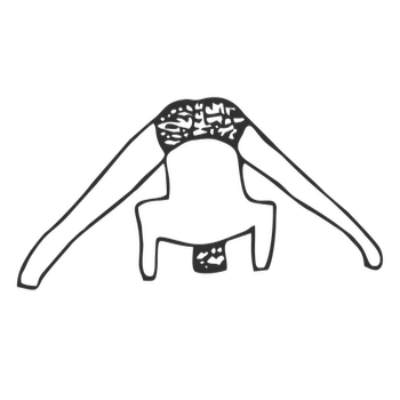
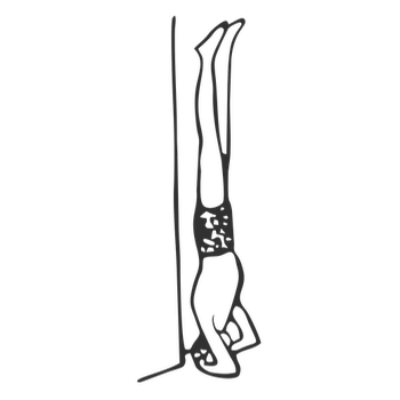
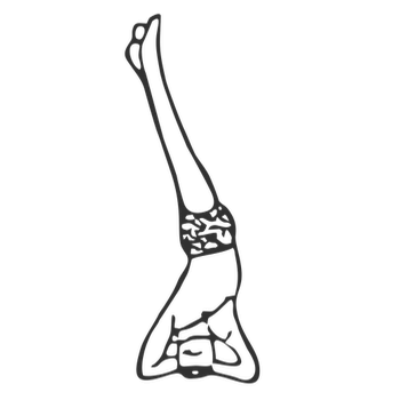
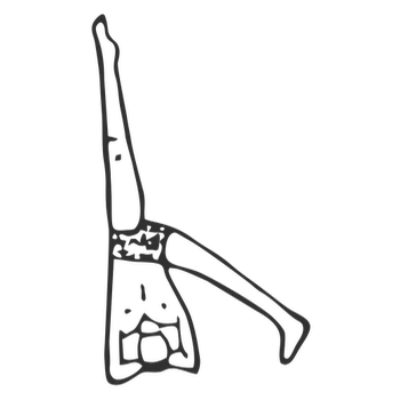

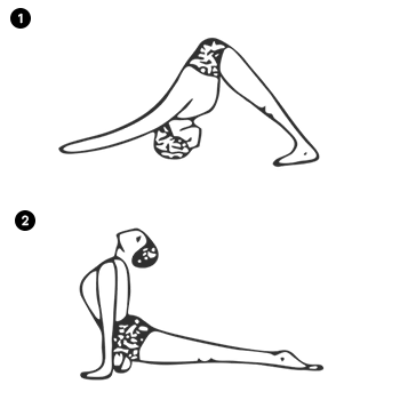
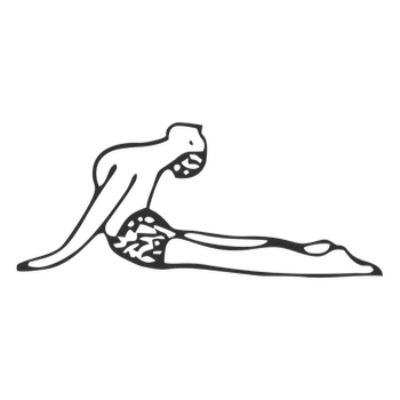

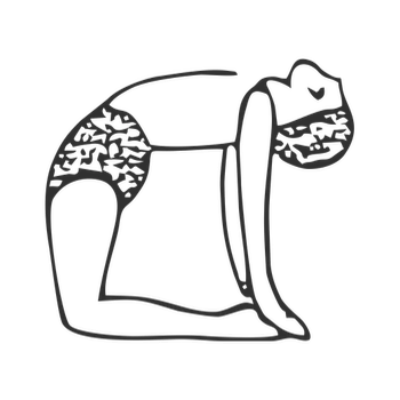

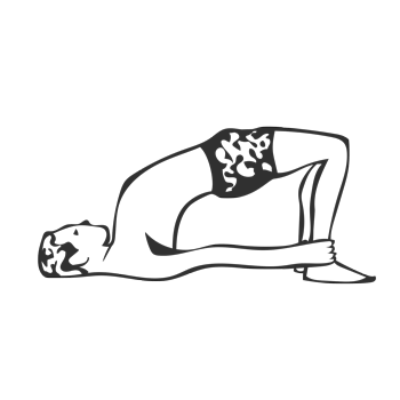
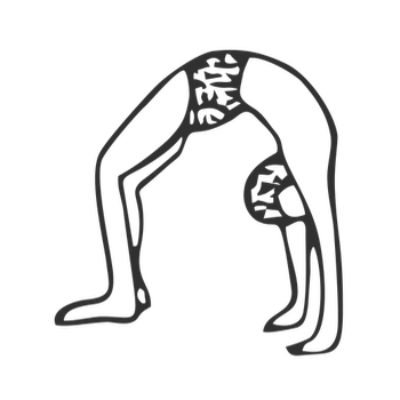
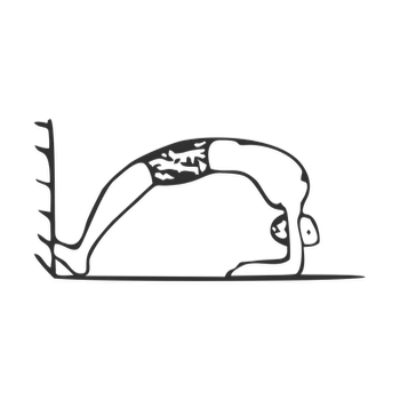
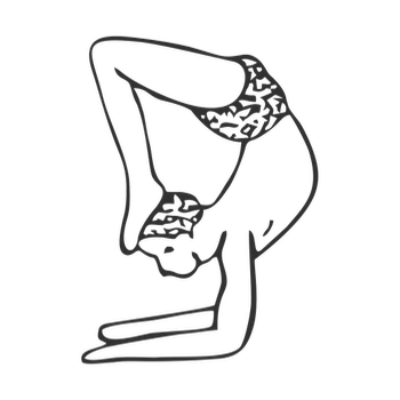



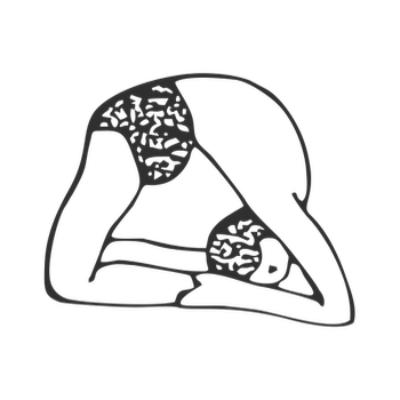

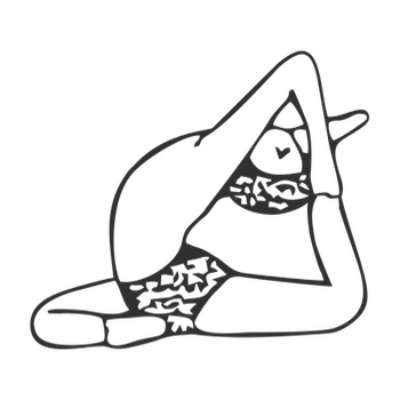
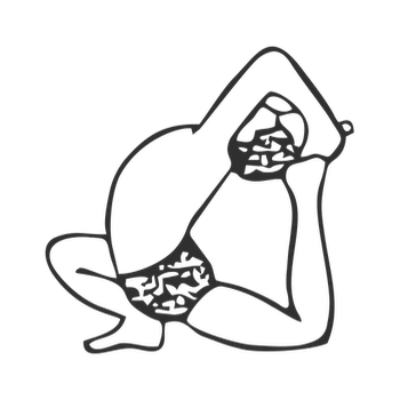

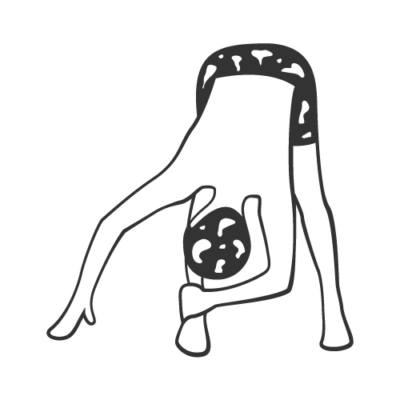


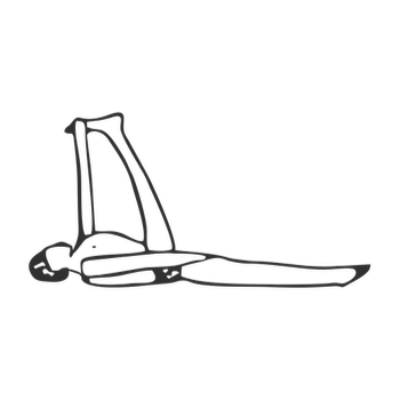
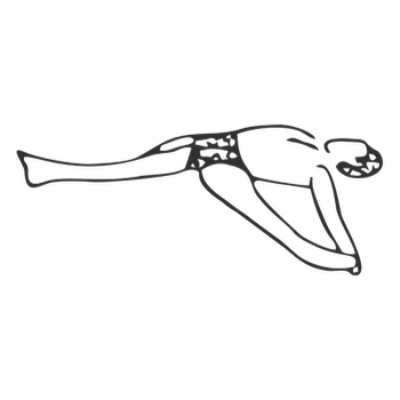
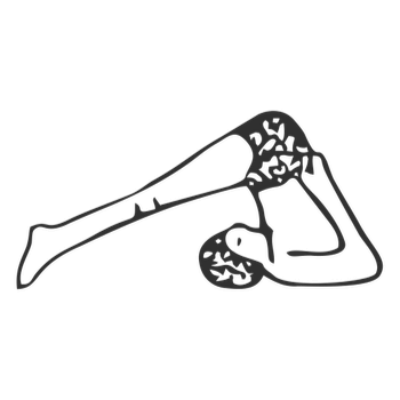
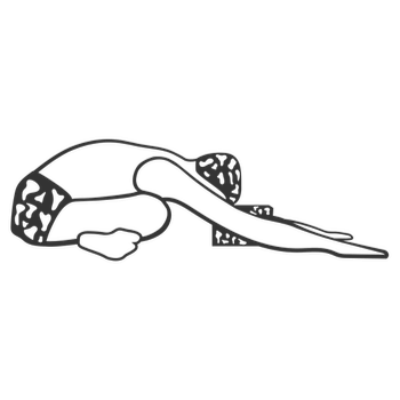
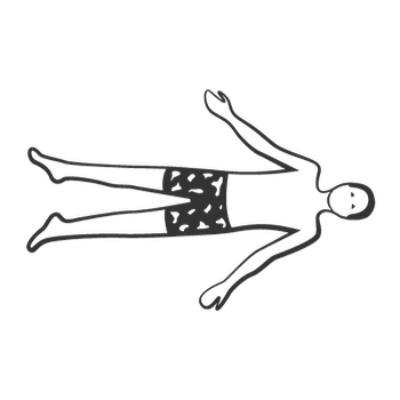
Share
Save PDF and print
You are welcome to download the PDF of the sequence and print and distribute it freely. You may have to wait up to 30 seconds for the PDF to generate. Please credit the teacher who created it. All illustrations from Dona Holleman’s ‘Yoga Darśana’, RIMYI Institute texts and Yoga Vastu illustrators for original asana drawings.
